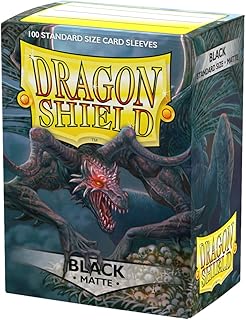Mark Rosewater, the head designer for Magic: The Gathering since 2003, has a tradition of reflecting on the past year’s sets in his annual “State of Design” article. Modeled after the US State of the Union address, Rosewater’s column delves into the highlights and lessons learned from each set released in the previous year. This year, he assesses the design of sets like Innistrad: Midnight Hunt, Innistrad: Crimson Vow, Kamigawa: Neon Dynasty, Streets of New Capenna, and Commander Legends: Battle for Baldur’s Gate.
Reflecting on the overall Magic design landscape, Rosewater notes that the past year was marked by innovation and risk-taking. He emphasizes the importance of adapting to player feedback, especially in terms of color pie adjustments and maintaining backward compatibility. The evolving complexity of the game and the need for clearer communication about product expectations are also key takeaways from the year.
In his analysis of specific sets, Rosewater highlights the reception of new mechanics, characters, and themes. Innistrad: Midnight Hunt received praise for its mechanics like Decayed, disturb, and day/night, as well as the introduction of witches and folk horror elements. However, players felt that Werewolves were not given enough attention, and the day/night mechanic faced challenges in tabletop play.
In Innistrad: Crimson Vow, players appreciated the overlap of mechanics with the previous set and the introduction of Blood tokens. The revisit of Dracula and the wedding theme added depth to the set, although some felt it deviated from the core gothic horror essence of Innistrad. Lessons learned included the need for better horror elements and the balancing of card mechanics.
Kamigawa: Neon Dynasty stood out as a homerun set, blending tradition with modernity and featuring throwback references to the original Kamigawa block. Players enjoyed the cyberpunk theme and appreciated the Japanese versions of cards. However, some felt the complexity was high, and there were concerns about the mechanical identity of Samurai cards.
Streets of New Capenna brought back the allure of three-color sets and introduced family mechanics that resonated with players. The visual aesthetic of the plane received praise, but critics noted that the factions lacked distinctiveness and the set had issues with Draft balance and creative clarity.
Commander Legends: Battle for Baldur’s Gate was lauded for its flavorful D&D designs and improved Draft experience. Players enjoyed the original commander designs and the mechanical execution, but some felt the set fell short in delivering expected reprints and Magic callouts, leading to misconceptions about its focus.
Overall, Rosewater’s State of Design 2022 underscores the dynamic nature of Magic design, with a mix of successes and lessons learned. Player feedback continues to shape the evolving landscape of Magic sets, highlighting the ongoing commitment to innovation and creativity in the world of card gaming.
📰 Related Articles
- Mark Rosewater’s Lessons Learned in Magic: The Gathering Design
- The Magic School Bus: Lessons in Enduring Brand Success
- Magic: The Gathering Foundations Beginner Box Revolutionizes Learning Experience
- itch.io Domain Takedown: Lessons in Automated System Risks
- iPad Pro Magic Keyboard Enhances User Experience with Innovative Features






